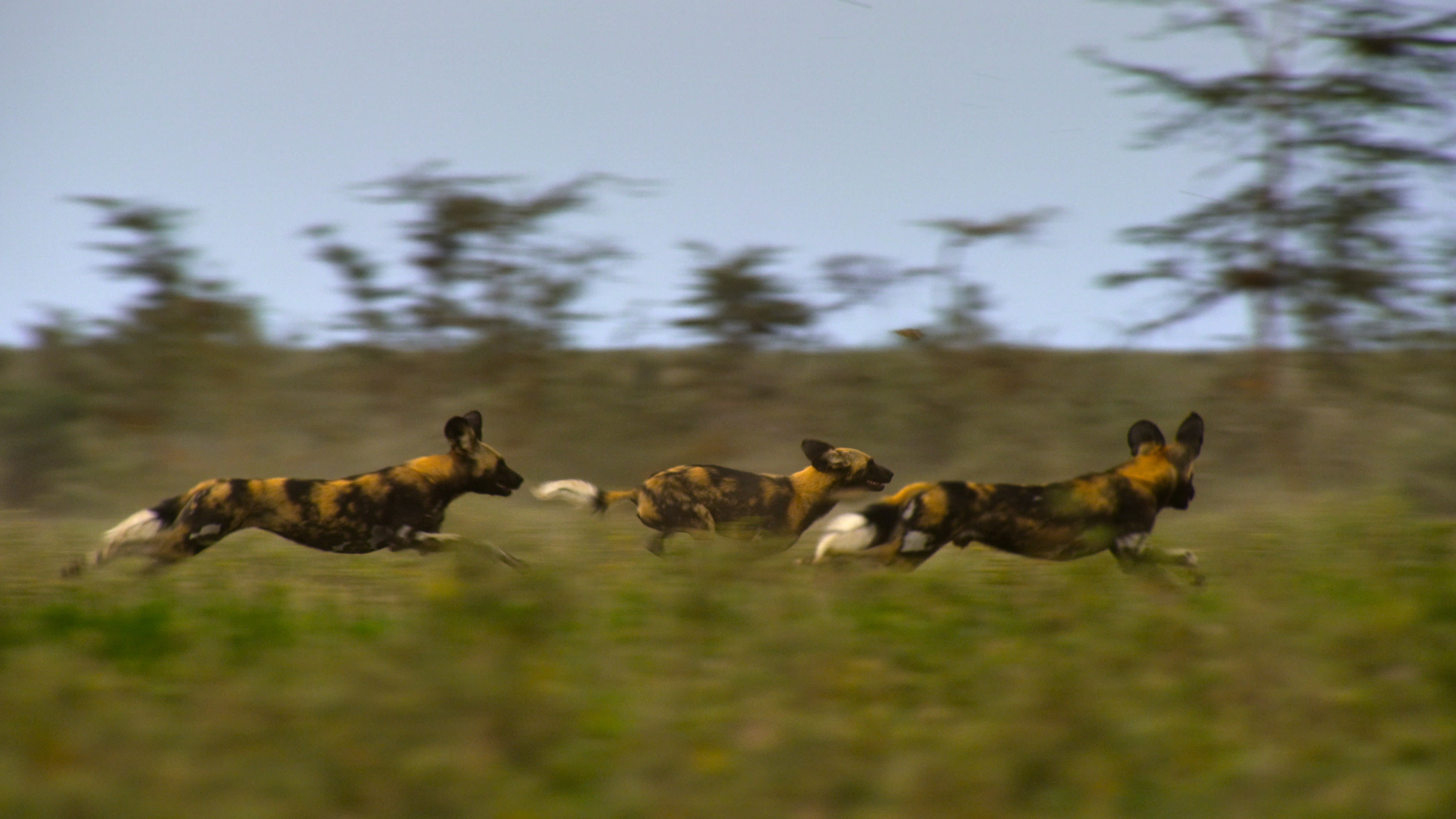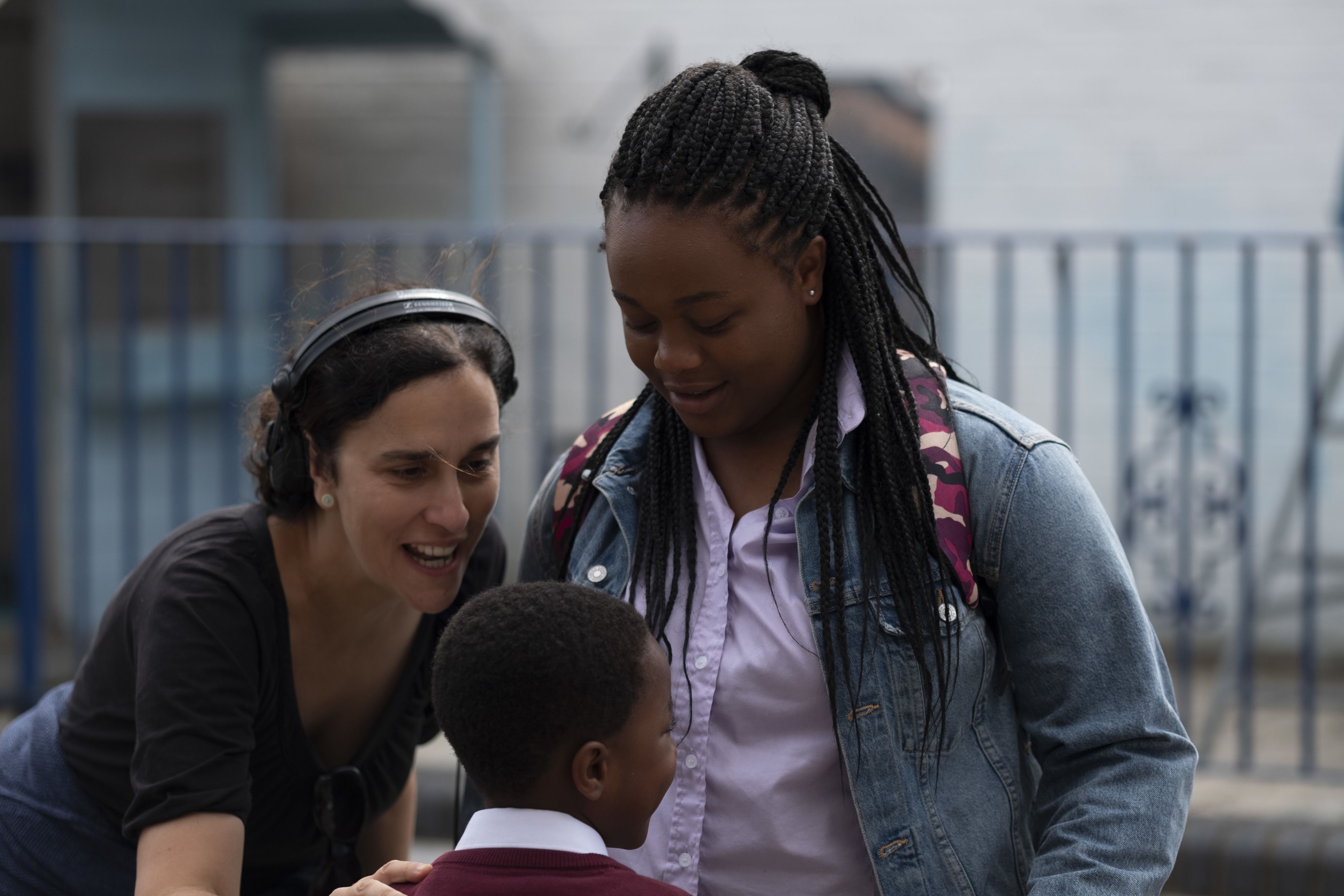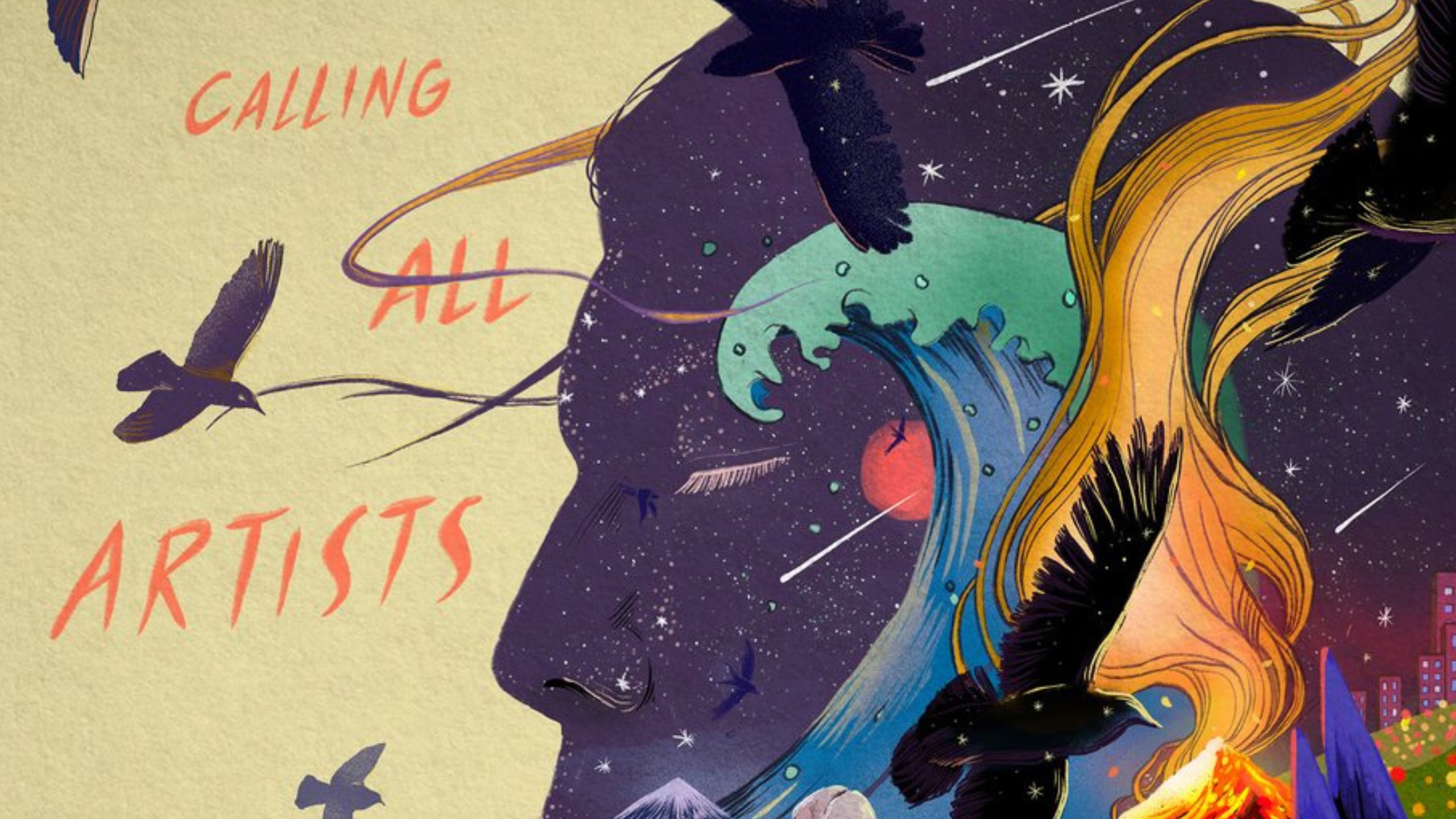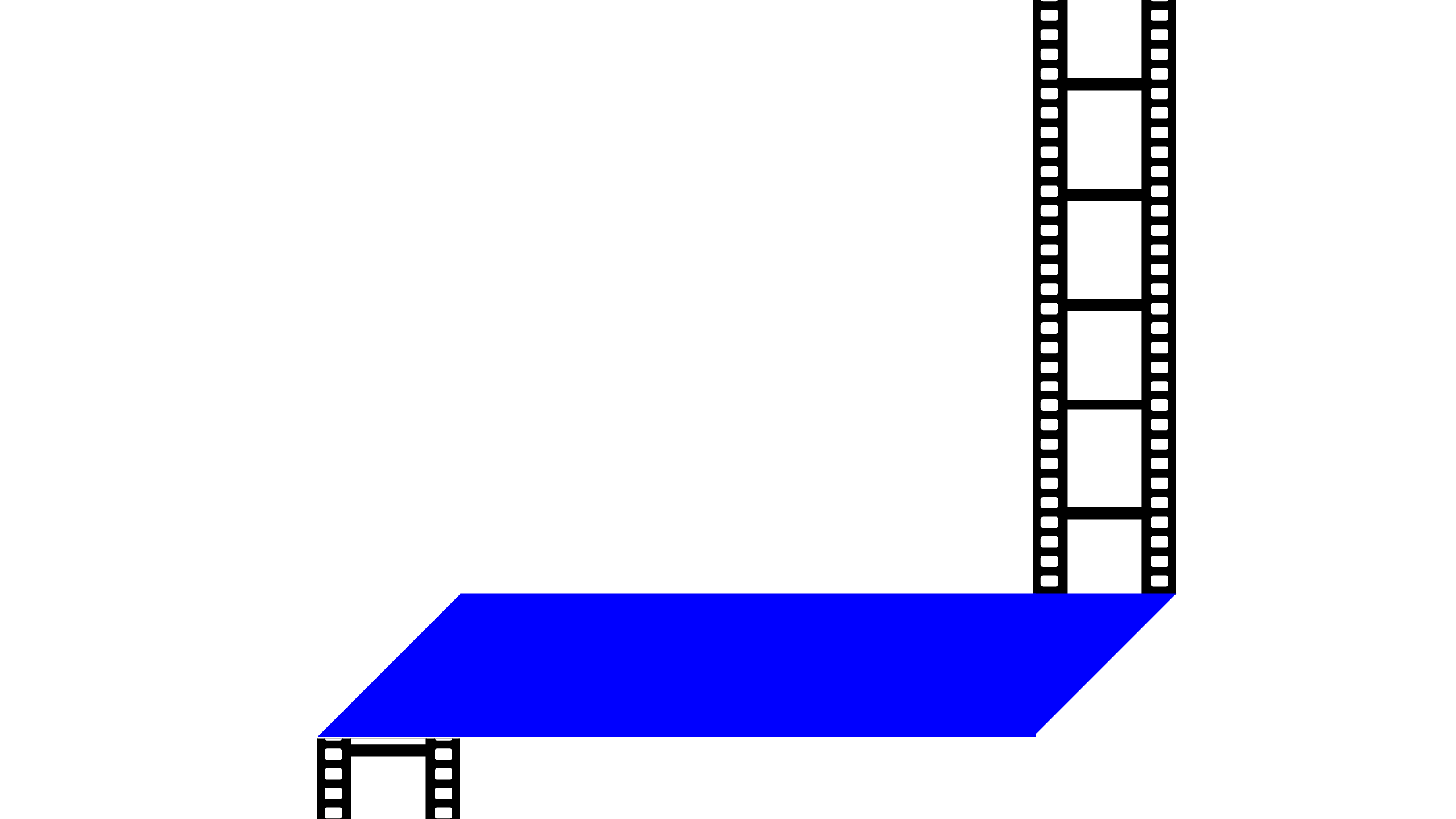Key takeaways


Our planet
Our Planet made environmental science accessible to a wide global audience through state of the art cinematography allied with effective storytelling techniques and characterisation.
Keith Scholey, the executive producer of Our Planet, expands on the importance of the show’s initial consultation with scientists, and how this enabled the show’s production team to craft a message that was understandable to hundreds of millions of viewers from diverse nations across the globe.
Scholey talks of the care the series creators took to not overwhelm the audience or overcomplicate the message imparted, whilst still rooting every element of the series in scientific fact.
A focused, solutions-driven approach helped Our Planet encourage viewers to change their behaviour towards the environment on a day-to-day, grassroots basis, and in much more direct and explicit terms than other comparable nature documentary series.


Who are you calling fat
Who Are You Calling Fat? used reality TV motifs from popular and well-known shows like The Apprentice, Big Brother and Love Island to engage viewers at scale. In doing so, the show created a forum for the obesity debate to be aired in a mainstream broadcast setting.
Sara Ramsden, the show’s executive producer, underlines the significance of understanding the “entertainment” element of SIE. The show progressed the public debate around obesity — particularly the psychological factors that are often overlooked in favour of physical ones.
But it achieved this by actively placing itself in the lineage of popular reality TV shows, making careful use of storytelling and visual motifs to engage an audience that would be typically wary of educational content.
Ramsden speaks of the care the production took to reassure watchers, through form, motif, and content, they were watching entertaining television rather than didactic public broadcasting.
Who Are You Calling Fat? highlights the importance of being fluent in the lexicon of entertainment as a way of driving social impact.


Rocks
Rocks was pioneering for the way it used the lived experience of community-cast performers to authentically tell its story. And moreover, this story focused on people who have not traditionally seen themselves reflected in cinematic settings.
The film gained a massive viewership, reaching new audiences far beyond the traditional cinema-going population, whilst concurrently gaining widespread acclaim and recognition from established award ceremonies.
Rocks sets a new standard for credible representation in storytelling and shows the value of responsible community outreach in the filmmaking process.
Lucy Pardee, the film’s casting director, speaks of how ethical casting practices enables the characters in the film to tell their own stories, which in turn allows content to be believable and authentic in its presentation of social issues. Ultimately, this inclusive authenticity also has real-world benefits for the people and communities depicted.


Sarah Gavron
Sarah Gavron understands the importance of non-hierarchical collaboration, across the breadth of production, for SIE projects.
By disrupting long-held conventions of film production, Gavron found new ways of working that helped Rocks to drive impact in ways the traditional, often patriarchal forms of entertainment production do not.
She says: “Collaboration is in the DNA of filmmaking, but it’s often only the director or the writer or the actor that is celebrated. I’ve always found that confusing. Film is an art form that supposedly reflects and represents our world — but is often so unrepresentative. Particularly behind the camera, but also in front of the camera.”


Jess Search
Jess Search, the chief executive of Doc Society, talks about the importance of having a clear impact strategy from the outset of a filmmaking project and the value that a dedicated impact strategist can bring to this task.
“An impact producer needs to grapple with the idea that the film needs a strategy based on a really clear understanding of the environment in which it will be released,” says Search. “You have to know about the forces that might be working against you. You need to know where power lies in the industry you’re taking on and how change might happen there.”
Search also discusses how understanding theories of change can allow a production to achieve measurable change and impact. Doc Society’s The Impact Field Guide is an example of a key resource for documentary makers who wish to drive change through their films.

Overarching themes and considerations for effective SIE
Each of our five articles focuses on different media and aspects of the SIE creation process. Even within this comparatively small pool of case studies and interviews, there are recurrent themes that point to the common principles of producing effective SIE that drives change.
Intention and the role of partnerships
As we mentioned in the introduction to this report, the importance of intention is a common point of discussion in SIE discourse. It’s no surprise, then, to see the theme arise here. The makers of Our Planet, Rocks and Who Are You Calling Fat? all had specific objectives from the outset of their projects, and these plans extended to the eventual impact the film or show would have upon its audience. Frequently, this specific intention informed the creator’s choice of collaborative partners — whether it was the WWF, contestants with lived experience of obesity, or young women who could help shape an authentic story of urban teenage life.
Jess Search also discussed the importance of intention and the associated need to seek the right partnerships — explaining that it is one of the reasons why it’s so valuable to have an impact producer on your team. Similarly, Sarah Gavron spoke of the way that partners can help lift the burden of distribution, helping completed work to reach the broadest possible audience and setting up associated activities. Both of these actions can help to amplify the intended impact of SIE projects.

Accessibility of form and content
As they introduced their work, many of our contributors referenced the need to make SIE accessible to the widest possible audience. In the case of Our Planet and Who Are You Calling Fat?, this manifested in decisions around the form of the work. The former made use of the same premium quality production values that made previous nature series, such as Planet Earth II, into major events. Meanwhile, Who Are You Calling Fat? borrowed the visual tropes of established reality TV hits. In both cases, the aim was to welcome and engage the audience — and, effectively, to help lower their guard to the didactic content both shows contained.
To an extent, Rocks can also be seen as pursuing a form of accessibility: specifically, in creating a representative story for audiences that rarely see people like themselves on cinema screens. However, in the case of Rocks, it seems that authenticity was a more important quality for the film to strive for. And ultimately, it was this authenticity that makes the film effective at communicating the realities of the social issues it explores.

The E in SIE
Last but by no means least, both of the themes above also point to one of the most important considerations for SIE creators and their partners: the need for works of SIE to perform as entertainment. In some cases, such as a documentary like Welcome To Chechnya, the term may only be applicable in a looser sense, but the overarching principle remains the same. If a film or TV show (or any other project) fails to engage its audience, this will clearly undermine its ability to inform, raise awareness or prompt behaviour change.
The opposite is also equally applicable: the more entertaining or engaging a work of SIE is, the more successful it’s likely to be at capturing the attention of the largest possible audience, maximising its chances to create impact.

